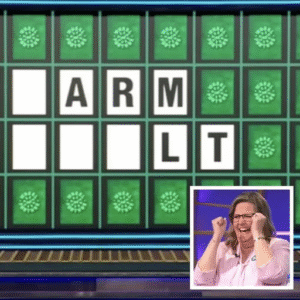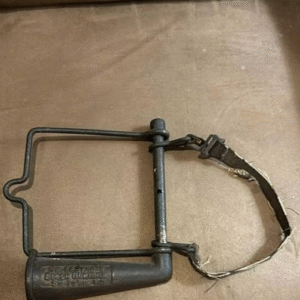Washington, D.C. — A recent press gaggle outside the White House turned tense when Press Secretary Karoline Leavitt scolded reporters, including CNN’s Kaitlan Collins, during a heated exchange. The incident highlighted the ongoing friction between the Trump administration and the press corps, while underscoring Leavitt’s assertive, no-nonsense approach to managing the White House message.
Collins Cuts Short
CNN’s Kaitlan Collins attempted to ask a follow-up question regarding the administration’s handling of released Signal texts from Atlantic editor-in-chief Jeffrey Goldberg. Leavitt immediately cut her off, saying, “Not taking your follow-up.” The abrupt interruption drew immediate attention on social media and news outlets, with some praising Leavitt’s control of the gaggle and others accusing her of stifling journalistic inquiry.
A Pattern of Confrontation
This incident is consistent with Leavitt’s previous interactions with the media, which have often been combative. Leavitt has quickly risen within the Trump administration, earning a reputation for defending controversial policies aggressively while keeping the press on a tight leash. Her style echoes that of former Trump press secretaries, including Sarah Huckabee Sanders and Kayleigh McEnany.
Political Messaging in Action
Observers note that the gaggle was more than a moment of friction — it was also a demonstration of messaging discipline. By controlling the flow of questions and cutting off reporters like Collins, Leavitt reinforced the administration’s narrative on sensitive issues and emphasized loyalty to Trump’s agenda.
Public and Press Reaction
Reactions to the incident were sharply divided. Supporters of Leavitt applauded her for asserting order and ensuring that White House officials could present their message without interruption. Critics, however, argued that the scolding undermined press freedom and transparency, portraying the administration as increasingly hostile toward the media.
Looking Ahead
As Trump continues to pursue his policy and political priorities, Leavitt’s confrontational style with the press may remain a hallmark of the administration’s communications strategy. For journalists like Collins, these interactions reflect both the challenges of reporting under the current administration and the heightened tension between the press and the White House.





